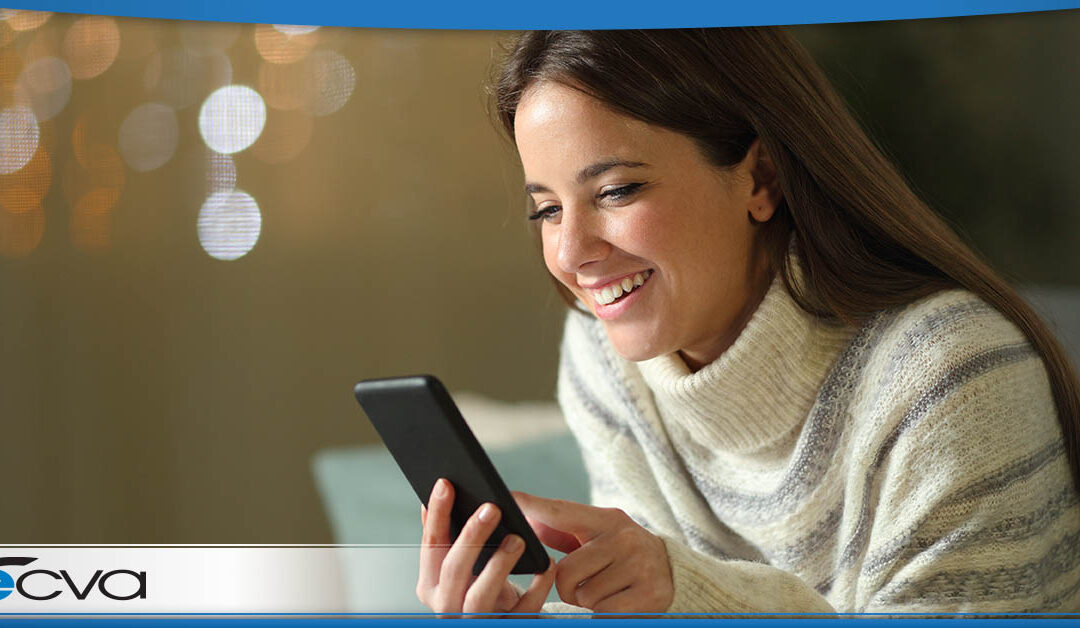Many people believe that using the dark mode on their computer, smartphone, or tablet is better for their eyes. Usually, this is because dark mode can reduce a person’s exposure to bright light emanating from a screen, particularly blue light.
But does dark mode actually reduce eye strain? If you’re wondering whether dark mode makes a difference, here’s what you need to know.
What Is Dark Mode?
Dark mode is a visual setting that you can either find on your device or in specific apps. Usually, it shifts the look of the screen from a light background with dark text to a darker background with light text. In some cases, other aspects of the screen – such as the images displayed on the web page or in the app – are largely unaffected, though that isn’t always the case.
Overall, with dark mode in place, the amount of blue light a device emits is diminished. However, the reduction is fairly limited.
Does Dark Mode Reduce Eye Strain?
Generally speaking, dark mode doesn’t reduce eye strain. In fact, it could make eye strain more likely for certain individuals.
While dark mode does lessen the screen’s overall brightness, which may seem easier on your eyes, it also causes your eyes to dilate. Since there is less light to take in, your eyes have to work harder to see clearly.
Eye dilation can reduce your vision’s sharpness, so you may have to strain to see well. That can lead to negative side effects, including headaches and eye fatigue.
For anyone who has astigmatism or myopia, dark mode may increase the appearance of halos. When halos are present, what the person is looking at may seem blurry or foggy, a situation that can promote eye strain.
There is one situation where dark mode might reduce eye strain. Dark mode can potentially diminish screen glare, which could be beneficial.
Does Dark Mode Have Any Other Benefits?
Yes, dark mode may have some benefits. Since it does reduce blue light, it can potentially promote better sleep. Blue light, particularly at night, may disrupt your circadian rhythm and make you more alert. When that occurs, falling asleep is harder.
By using dark mode, you can limit your blue light exposure. By doing so, you may have an easier time falling asleep.
However, if poor sleep quality is an issue, it’s best to put all devices away – including computers, smartphones, and tablets, as well as avoiding television – at least two hours before bed.
Beyond health, dark mode may also have some additional benefits. Since it results in lower screen brightness, it may extend a device’s battery life. It could also make viewing a screen in a dark room easier.
Ultimately, dark mode is largely an aesthetic choice, though it may provide some minimal benefits in specific situations. However, when it comes to eye strain, dark mode isn’t a guaranteed solution.
At ECVA, our staff works diligently to care for the eye health of our patients. If you haven’t had an eye exam recently or are struggling with eye strain, schedule an appointment at your closest ECVA clinic today.


